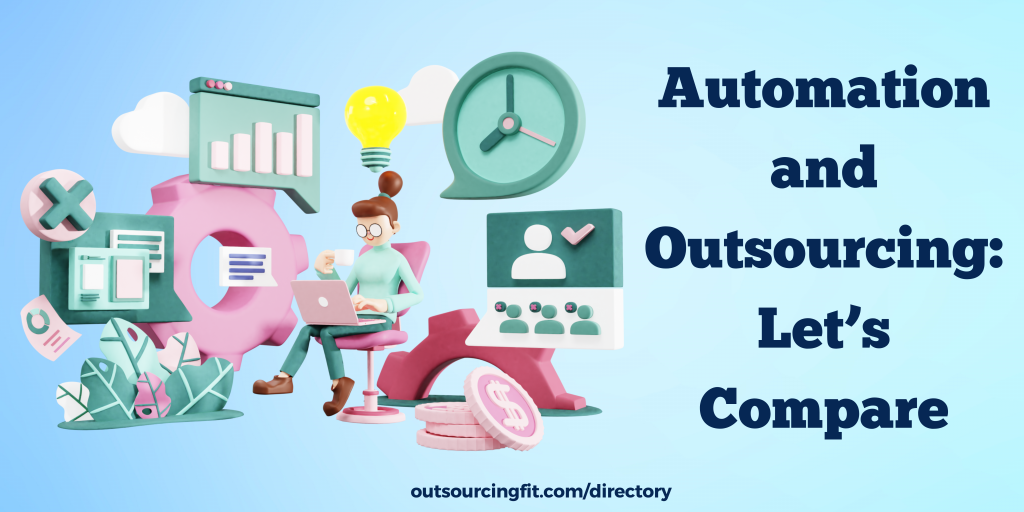Outsourcing and automation are two distinct business strategies that companies use to improve efficiency, reduce costs, and enhance their overall operations. While they share some similarities, they have fundamental differences in their approach and impact on business processes. Let’s find out if they can both help business owners scale.
Similarities:
1. Efficiency Improvement: Both outsourcing and automation aim to improve the efficiency of business processes. By leveraging external resources or technology, organizations can streamline operations and accomplish tasks more quickly and accurately.
2. Cost Reduction: Both strategies can lead to cost savings. Outsourcing allows companies to tap into specialized skills at a potentially lower cost, while automation reduces the need for human labor, thereby reducing workforce-related expenses.
3. Focus on Core Competencies: Both outsourcing and automation allow businesses to focus on their core competencies. By delegating non-core functions to external service providers or automated systems, companies can concentrate on their primary business activities.
4. Scalability: Both strategies offer scalability. Companies can scale their operations up or down more easily by utilizing external resources through outsourcing or adjusting automated processes.

Differences:
1. Approach
– Outsourcing involves delegating specific tasks or functions to external service providers, which can be individuals or companies. These tasks are then performed by human workers at the external location.
– Automation, on the other hand, involves using technology, such as software, robotics, or artificial intelligence, to perform tasks and processes previously carried out by humans. Automation eliminates or reduces the need for human intervention.
2. Human Involvement
– Outsourcing relies on human resources at the external service provider’s end to perform the delegated tasks. It involves communication, coordination, and collaboration between the client’s business and the outsourcing provider’s workforce.
– Automation replaces human intervention with technology. Once automated, processes are executed by machines or software without direct human input.
3. Scope
– Outsourcing can involve a wide range of tasks and functions, including customer support, IT services, accounting, and more. It can encompass both specific tasks and entire business processes.
– Automation focuses on automating specific tasks or processes using technology. It can be applied to repetitive, rule-based tasks, such as data entry, manufacturing, or customer interactions.
4. Flexibility
– Outsourcing offers more flexibility in terms of adapting to changing business needs and requirements. Companies can adjust the scope and scale of outsourcing services based on demand.
– Automation provides a high degree of consistency and predictability in executing tasks. However, it may require more substantial changes to adapt to new processes or technologies.
In conclusion, outsourcing and automation are both valuable strategies to improve efficiency and reduce costs, but they have distinct approaches and impacts on business processes.
Companies often use a combination of both approaches to achieve the best results for their specific needs and objectives. When applied correctly, your business has great potential to scale and explore more opportunities.
